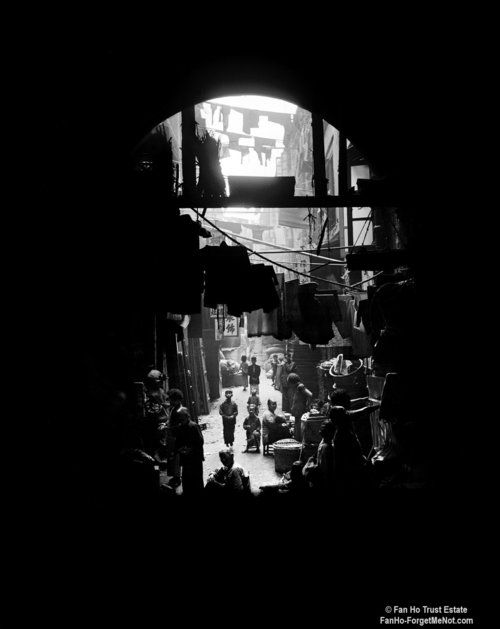White space (or negative space) is a photography term to describe the empty space of a photo. This empty space allows an audience to experience three things: clearer composition, breathing room, and an emphasis on the important details.
In product management, the white space is the invisible list of features that a product manager does not build.

Fan Ho via FanHo-ForgetMeNot.com
White Space Discipline in Product
White space discipline is self-evident when done right:
Clear composition: The product efficiently solves a self-evident (and well-defined) problem.
Breathing room: The product is not bloated.
Subject emphasis: The product has clear user flows towards the user’s goal.
In practice, this means having to refocus yourself, the team and the stakeholders on the few problems that we want to solve well.
White space is imposing strong constraints on design, iterating on what works and rejecting what doesn’t.
For the untested new feature, it is having a sense of the minimum feature set for the solution to be apparent to the user. For more mature features, it is iterating and proactively removing features that work less well. In practice, these will always be less appealing to the designer or the product manager. There will always be a more intriguing designs and UI to carry out. There will always another more novel project on the horizon. Over time, you decide that there is always enough space on the website to leave a bad feature as it is.
That being said, the reward of having white space discipline would be a better shot at building something that users are intuitively drawn to because it clearly solves their problem, is simple and is clearly solving their problem.